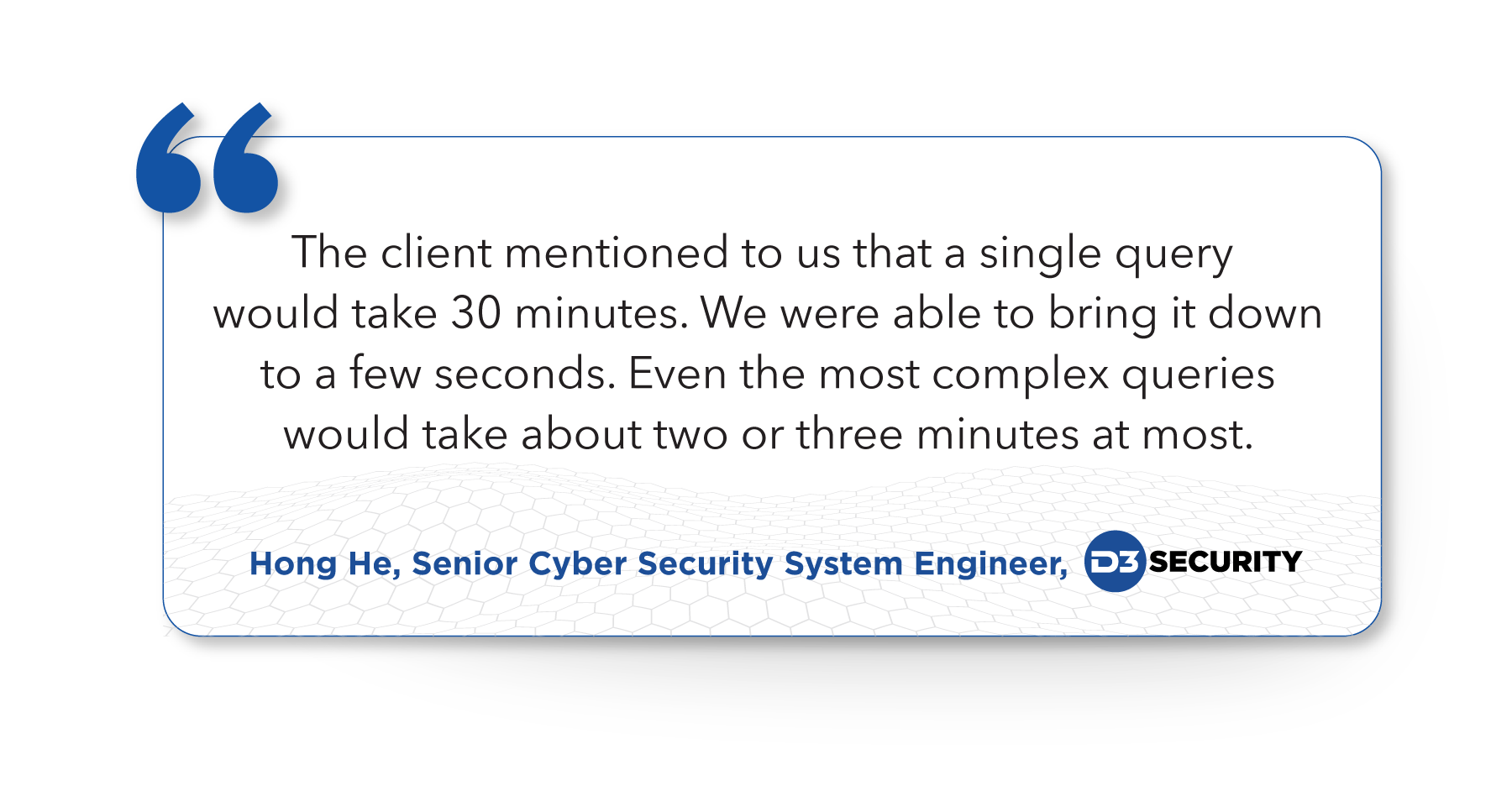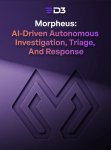Frustrated with your current Security Orchestration, Automation, and Response (SOAR) platform? You’re not alone. 70% of our new customers in 2022 signed up with us after experiencing challenges with their previous SOAR solutions. These organizations, just like you, were searching for a more comprehensive, scalable, and efficient tool to tackle their growing cybersecurity concerns.
From our recent conversations with security leaders and MSSPs at RSAC 2023 and other expos, here are some of the most common criticisms we’ve heard about “Dumb SOAR”:
Pain Point #1: Creating and Managing Playbooks Is Hard
A SOAR playbook is a collection of SecOps workflows that the SOC team uses to respond to a potential security event. With “Dumb SOAR”, creating and managing these playbooks is hard, often due to a poor user interface and unclear instructions. We’ve heard customers complain about:
- Challenges with creating and managing complex playbooks.
- Inability to create nested playbooks
- Lack of transparency and clarity in the relationship and interaction between different playbook components or modules.
- Inflexibility in playbook design.
- Hard-to-detect logic errors in complex SOAR playbooks that lead to flawed incident responses.
How Smart SOAR Does It:
Smart SOAR’s out-of-the-box playbooks offer cross-platform, targeted incident response capabilities. Based on the MITRE ATT&CK framework, they prevent vendor lock-in, letting you replace security technologies as per your organizational requirements.
SOC teams can effortlessly create, modify, and publish playbooks in Smart SOAR. These tasks require no coding, making the process simple and accessible. You can also leverage hundreds of utility actions to simplify tasks. These include enrichment actions, custom correlations, Threat Tactics and Procedures (TTP) and Indicators of Compromise (IOC) searches, and remedial actions. You can simply drag and drop them into your playbooks. On the other hand, if you want to build your own custom utility actions, it offers you that flexibility as well.
Before deploying, you can ensure your playbooks work properly. Use the playbook editor’s testing feature to check each step, including actions and conditional logic, without affecting production data or leaving the editor. With Smart SOAR, you can manage your playbook lifecycles efficiently with access controls, version controls, and rollback capabilities. Moreover, reusable blocks and utilities simplify the operation of your SOC.
Read: “Dumb SOAR” Is Failing Its Customers. Are You One of Them?
Pain Point #2: Limited Integration Libraries
For a SOAR platform to be effective, it needs to have deep integrations with vendors across these security and application categories:
- Security Information and Event Management (SIEM) systems
- Threat Intelligence Platforms (TIPs)
- Endpoint Detection and Response (EDR) systems
- Email and messaging apps
- Endpoint protection tools
- Identity and Access Management (IAM) solutions
- ITSM tools
- Network security tools
- XDR systems
- Forensic and malware analysis tools
- Vulnerability scanners
- Data enrichment tools
Limited integration libraries cause organizations to miss out on the benefits of a fully orchestrated and automated response, particularly if they are using less common, specialized, or cutting-edge tools that “Dumb SOAR” solutions don’t usually support. This leaves organizations to spend additional resources to develop custom integrations, which not only requires significant time and effort, but also specialist skills that may not be readily available. Furthermore, maintaining these custom integrations can become an ongoing overhead, particularly as other systems are updated and changed.
One “Dumb SOAR” customer we spoke to recently complained that the vendor’s support team would simply refuse to assist with custom queries. Their in-house team had to grapple with unforeseen technical issues and compounding complexities, putting additional stress and workload on their team.
How Smart SOAR Does It:
SOAR platforms can often promise more than they deliver, especially when it comes to integration capabilities and response actions. However, with Smart SOAR, the story is entirely different. Here’s why:
Deep Integrations: Many SOAR solutions offer only surface-level integrations, while suite-based SOAR vendors only play well within their product family. On the contrary, Smart SOAR offers deep, powerful integrations, thanks to our vendor-agnostic stance and singular product focus.
In-House Expertise: Unlike competitors who rely on community-built integrations, Smart SOAR has the industry’s largest internal team dedicated to maintaining and upgrading our integrations, ensuring their constant effectiveness.
Custom Integrations: We don’t stop at our technology partner list. If you need an integration with a vendor not on our list, our team can promptly develop custom integrations, tailoring Smart SOAR to your unique needs.
Read: Why SOAR Buyers Deserve Smart SOAR
Pain Point #3: Performance Issues With Heavy Data Input and Processing
Many “Dumb SOAR” customers we’ve spoken to have reported performance issues, particularly with heavy data input and processing, and playbooks leveraging multiple tool integrations.
Data Input and Processing Issues: Data input and processing are vital for SOAR platforms, especially in larger organizations where gigabytes of data need to be ingested and analyzed daily. “Dumb SOAR” struggles in this department, often becoming unresponsive when faced with heavy data loads. “Dumb SOAR” tools are not built for distributed computing and fail to effectively use cloud infrastructure for scalability and elasticity. One MDR customer that now uses Smart SOAR previously struggled with 30-minute wait times for executing a single query. Such slowdowns could potentially leave blind spots in a security team’s visibility, making them vulnerable to unflagged threats. Furthermore, sluggish processing of data may also lead to delays in incident response, escalating the potential impact of security incidents.
Slow Performance with Multiple Tools: “Dumb SOAR” also suffers from poor performance when working with multiple tools in one playbook. As a result, security analysts may need to resort to manual intervention, reducing the overall operational efficiency and increasing the chances of human error.
How Smart SOAR Does It:
Smart SOAR’s Kubernetes-driven architecture enables data processing at scale on public cloud infrastructure. Kubernetes helps automatically scale resources up or down based on what Smart SOAR requires to run integrations or commands in the background. This ability to scale on demand is critical for processing large amounts of data and improves reliability and incident response times.
Read: A Comprehensive Guide to Smart SOAR
Unlock Your SecOps Potential with Smart SOAR
Frustration with your current SOAR tool shouldn’t be the norm. Don’t let cumbersome playbooks, limited integration libraries, performance issues, and frequent software bugs limit your cybersecurity potential. Experience Smart SOAR’s robust integration capabilities, reliable performance, and dedicated support. Make the smart choice and welcome a new era of security orchestration, automation, and response today.





